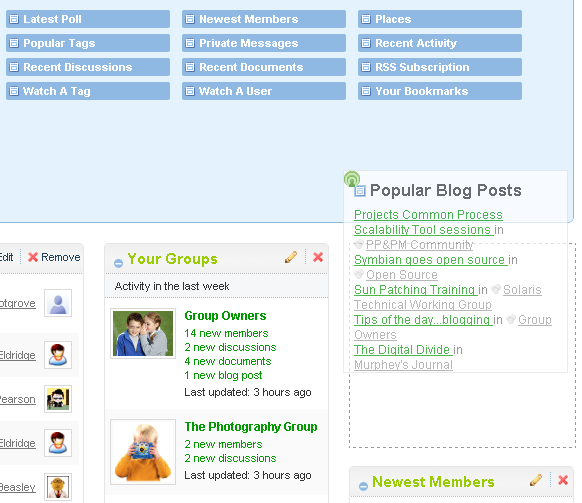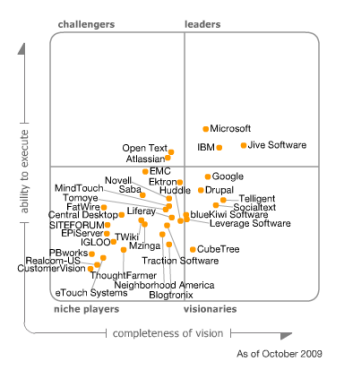Definitions & Musings
i) Taxonomy
From the Greek taxis and nomos to order and arrange under specific laws, taxonomy attempts to arrange an order of things under scientific rules. It is centralised and expert driven and attempts to ultimately define an Ontology, a categorical view of reality. It is also hierarchical and presents a structure of meaning that at first sight can easily be translated to an intranet architecture.
Take for example the classical taxonomy developed by Linnaeus who envisaged biological species as a hierarchical taxonomy with the broadest categorisation at the top, the domain, through to kingdoms, phyla, classes, orders, families, genera and species. This basic conceptual categorisation works well, it seems, when constructing an intranet page, where the broadest category is navigated down to the more specific entity as an elegant staircase of meaning. Thus we might start off with a global intranet which narrows down through geographical divisions through to more local levels. This is then mirrored into global departments and their more specific functionalities, and in same pattern, also to technologies or products sold, or to the sales and marketing divisions of the enterprise.
Anyone who has constructed such an edifice soon finds out that this neat and seemingly scientific structure does not adequately map the realities and complexities of even the most orthodox and hierarchical business organisations. In a more matrix corporation the problems are magnified exponentially.
Take for example an attempt to construct a taxonomy based on departments. We might construct the intranet in closely aligned fashion with the CEO at the helm and with sub-sites for all the various department in the business, HR, Finance, Legal, Sales, Marketing, Technologies etc. All is well and good until interplay and overlap present themselves, for example a geographical arrangement of employee laws re-aggregates the HR site content; Marketing’s need to market specific technologies within particular market sectors; or for Sales to distribute goods via specific distribution and reseller markets. At some point a conflict emerges with the system of classification, one that needs to be translated into a practical solution of an intranet architecture.
The solutions to this are as varied as there are intranets, central governance and codification of content, federalised intranet cohering or not to a central hub, complete laissez fair arrangements evolving over time and all in varying different evolving combinations. The technologies underpinning these structures further compounds the issues with a content management system (CMS) present or not and the CMS either enabling or inhibiting the successful taxonomical structure. The CMS might define the entire intranet or coexist with alternate file stores such as LiveLink/Open Text, SharePoint or NT Folders.
The net result can, unless very carefully managed, be chaotic and even if carefully managed, not produce the results desired by the users. And here we come to the nub of the problem; any formal structure of either meaning or intranet architecture is an attempt to construct a reality that changes over time. Furthermore, not only does it change, it is also interpreted by people in different ways that also change over time. The net result of that is the familiar cry that ‘search is broken’ and that the user cannot find anything – the intranet is out of date or broken.
note to self, I need to brush up once more, on Foucualt’s the ‘Order of Things‘ thank you ST.
Previous Post: Taxonomies and Folksonomies in the Intranet 1
Next Post: Taxonomies and Folksonomies in the Intranet 3


